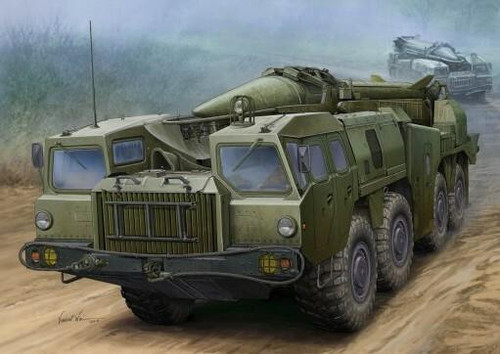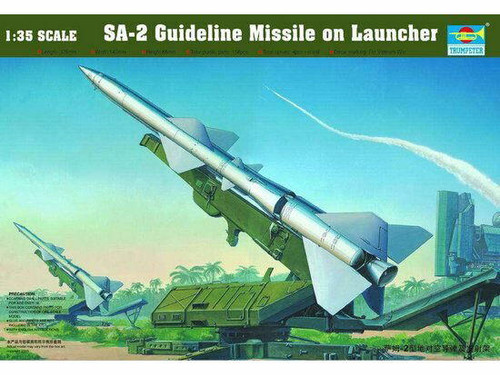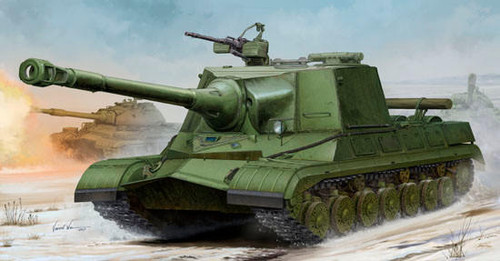Description
The first use of the term Scud was in the NATO name: SS-1b Scud-A, applied to the R-11 ballistic missile. The R-11 used technology gained from the V-2 as well, but was a new design, smaller and differently shaped than the V-2 and R-1 weapons. The R-11 was developed by the Korolyev OKB and entered service in 1957. The most revolutionary innovation in the R-11 was the engine, designed by A.M. Isaev. Far simpler than the V-2's multi-chamber design, and employing an anti-oscillation baffle to prevent chugging, it was a forerunner to the larger engines used in Soviet launch vehicles.
Further developed variants were the SS-1c Scud-B in 1961 and the SS-1d Scud-C in 1965, both of which could carry either a conventional high-explosive, a 5- to 80-kiloton nuclear, or a chemical warhead. The SS-1e Scud-D variant developed in the 1980s can deliver a terminally guided warhead capable of greater precision.
All models are 11.35 m long (except Scud-A, which is 1 m shorter) and 0.88 m in diameter. The missile reaches a maximum speed of mach 5.
Kit Features:
- Scale : 1:35
- Item Type : Static Kit
- Model Brief : Length: 289mm Width: 108mm
- Total Parts : 1330+
- Metal Parts : Brass wire
- Photo Etched Parts : 3 pcs
- Total Sprues : 19 sprues and tires
- More Features : " - Detailed multi-directional slide-molded cab.
- Full drive train assembly complete with engine transmission, differential housing and suspension units.
- The main tires are hollow rubber with very good tread pattern
- The windshield and side windows are made of clear prts.
- Photo-etched parts included ".































